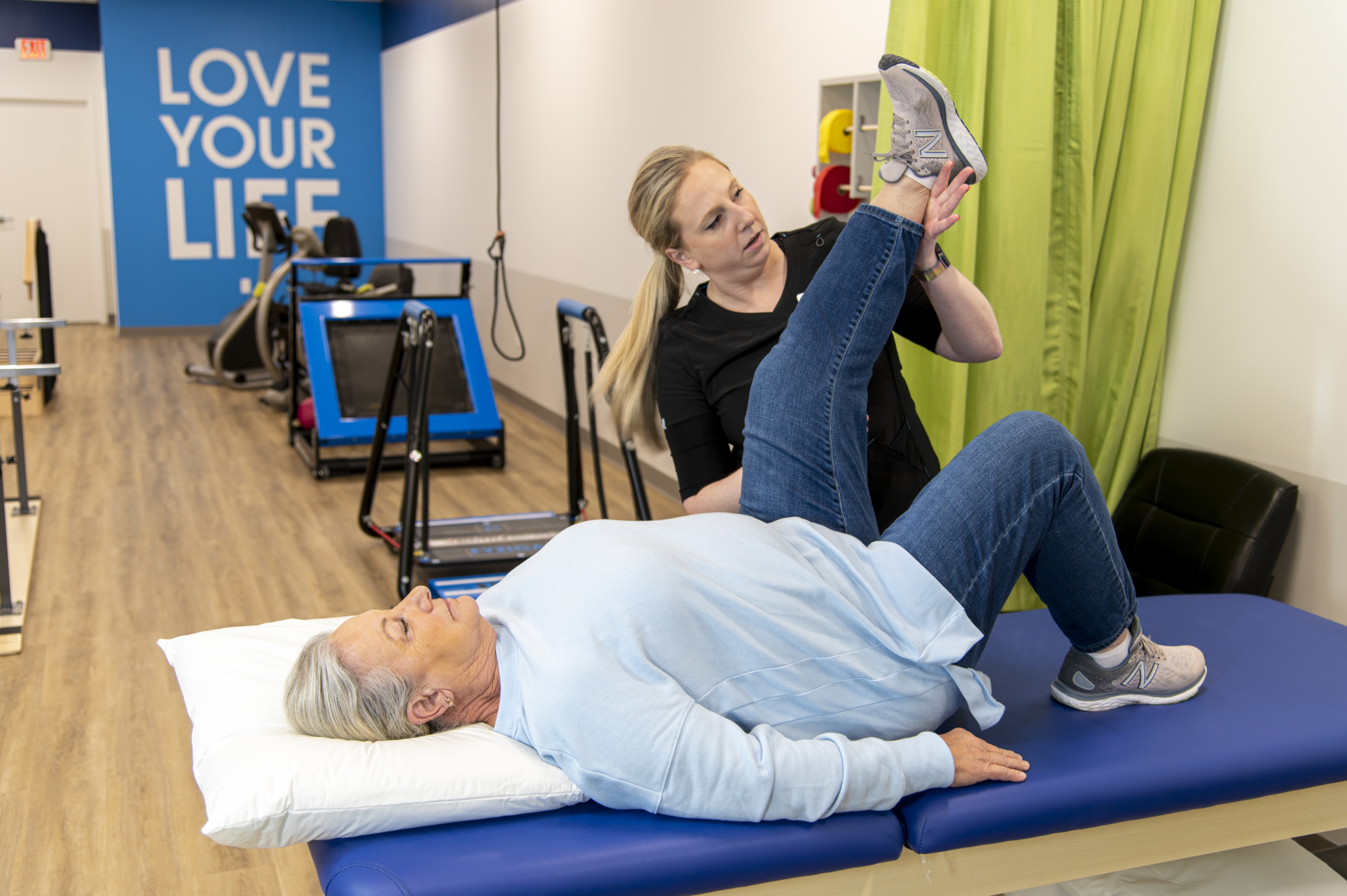Wearable fitness monitors have become popular tools for many individuals focused in improving their health and fitness. These devices, often worn on the wrist like a watch, can track various bodily actions, such as footsteps taken, heart rate, and calories burned. Using cutting-edge technology, they offer users with immediate information, which can assist them make informed decisions about their exercise routines and way of living. Through utilizing the power of these devices, personal trainers can significantly enhance their clients' workout outcomes and general health paths.
A single of the primary advantages of portable health monitors is their capability to track physical activity levels during the daily routine. This information assists individuals establish achievable fitness goals based on their current activity levels. For example, if a customer sees they only walk a certain amount of footsteps each day, a personal trainer can assist them develop a strategy to slowly boost that number. This goal-setting method motivates clients to remain inspired and responsible, making it easier to adhere to their fitness programs and reach their desired results.
Additionally to monitoring everyday activities, wearable fitness monitors provide important insights into a person's health metrics. Functions like cardiac rate tracking and sleep tracking can give personal trainers with essential data about their clients' overall well-being. Understanding how a useful content client’s body responds to different workouts can help trainers tailor their plans for optimal efficiency. For instance, if a tracker shows that a client’s heart rhythm remains elevated during low-intensity workouts, the trainer can adjust the difficulty or duration of the exercises to ensure the customer is receiving the most out of their training sessions.

Another advantage of using portable health monitors is the ability to analyze patterns over time. Numerous devices sync with smartphone apps that provide detailed summaries on advancement. Personal trainers can leverage this data to celebrate clients' achievements and tackle any obstacles they may encounter. When clients can see their advancement in a visual format, it can enhance their confidence and motivate them to keep working hard. This ongoing response cycle is crucial for sustaining motivation and encouraging sustained commitment to fitness objectives.
Finally, wearable reference health monitors can foster a sense of community among customers. Numerous devices enable users to link with friends or participate in challenges, promoting light-hearted rivalry and support. Personal trainers can motivate their clients to participate with these community features, building a network of support and responsibility. This social aspect can render the fitness journey more pleasurable and rewarding, ultimately resulting to better results. To sum up, wearable health monitors can be powerful instruments for personal trainers and their clients, transforming how people view well-being and physical condition.
Comments on “Leveraging the Power of Wearable Health Trackers to Revolutionize Personal Exercise Performance”